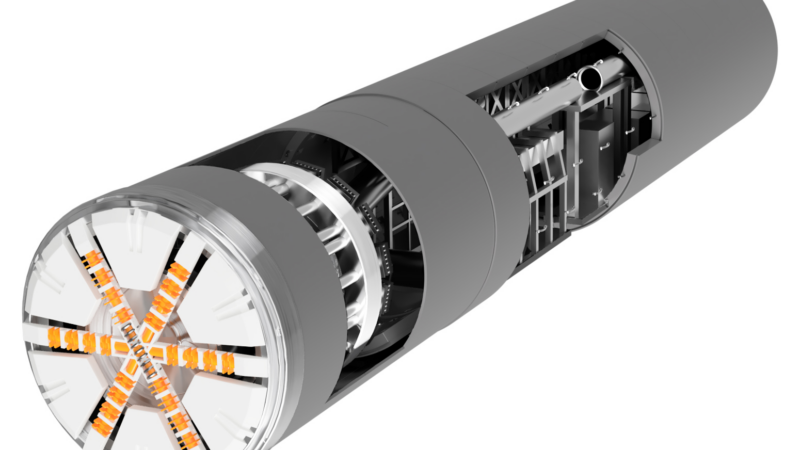New insights into the electrical resistance of molybdenum thin films.
In recent months, researchers from PLANSEE and the TU Bergakademie Freiberg have been investigating defects in molybdenum thin films and their effect on electrical conductivity. At the ICMCTF Conference in California, Harald Köstenbauer, a developer of thin-film materials at PLANSEE, explained what it is that impairs conductivity in molybdenum thin films. The biggest troublemakers: Impurities and incorrect process temperatures during sputtering.
The main influences on the electrical conductivity of molybdenum thin films in CIGS cells are substitutional impurities such as iron, nickel or chromium. At high levels of contamination, the presence of atoms of these materials can reduce the electrical conductivity of the molybdenum thin film by more than 40%. The good news: The use of exceptionally pure sputtering targets allows CIGS manufacturers to prevent all problems of this type.
The second largest influence on the electrical conductivity of molybdenum thin films is due to so-called dislocations. These are defects in the crystal lattice. It is these defects that make metals workable. Unfortunately, they also cause distortions to the molybdenum lattice which reduce the electrical conductivity by up to 14%. Here again, the test results have some good news to offer: CIGS manufacturers can simply halve the effect by using a process temperature of 150 °C instead of working at room temperature.
The third largest factor influencing the electrical conductivity of molybdenum thin films is the presence of small atoms in the molybdenum lattice. These interstitial impurities, which consist of nitrogen, oxygen and argon, reduce the electrical conductivity of molybdenum thin films by up to 12%. It is not possible to avoid the presence of small quantities of these atoms during the coating process. But what about their inclusion in the molybdenum lattice? Once again, the process temperature is the most important factor influencing the presence of these atoms. And, once more, the crucial figure is 150 °C. At this temperature, the small, moving atoms already have enough energy to break free of the molybdenum lattice. At 150 °C, there are almost no more interstitial atoms in the molybdenum thin film.
The test procedure.
PLANSEE deposited the thin films to be tested using the DC, pulsed DC and high-frequency sputtering methods on soda lime glass, obtained a basic characterization of the layers and measured the electrical resistance. The group headed by Professor David Rafaja of TU Bergakademie Freiberg“s Institute for Materials Science, analyzed the microstructure of the molybdenum thin films. To do this, the researchers used high-resolution procedures such as Transmission Electron Microscopy (TEM) and X-ray diffraction (GAXRD). On the basis of the measured results, Professor Rafaja developed a mathematical model which makes it possible to calculate the effect of the individual influences.
And if you want to find out more: As of the fall, the research results will be available under the title „Effect of the deposition process and substrate temperature on the microstructure defects and electrical conductivity of molybdenum thin films“ in a special issue of the journal „Thin Solid Films“.
The collaboration with the TU Bergakademie Freiberg is one of a number of research projects in which PLANSEE is demonstrating its commitment to the development of even higher performance thin films. As an expert in the field of metallic and ceramic coating materials, PLANSEE cooperates closely with equipment manufacturers and research institutes. Whether at the level of corrosion resistance or electronic conductivity: these joint undertakings consistently result in the development of materials and films with enhanced properties.
PLANSEE supplies extremely pure sputtering targets made from molybdenum, tungsten, MoNa and MoTa for the back contacts used in thin-film solar cells. For CIGS absorber layers, PLANSEE also produces CuIn and CuInGa targets.
PLANSEE is one of the world“s leading companies in powder metallurgy. Founded as a privately-owned enterprise in 1921, our expertise is in high melting metals and composite materials. Whether in furnace construction, in the electronics or coating industry, when conventional materials reach their limits, PLANSEE goes beyond the boundaries. PLANSEE manufactures and markets its products worldwide.
Kontakt:
PLANSEE SE
Nadine Kerber
Metallwerk-Plansee-Str. 71
6600 Reutte
+43 5672 600 2422
nadine.kerber@plansee.com
http://www.plansee.com






